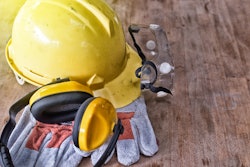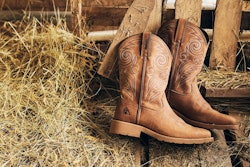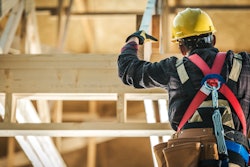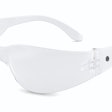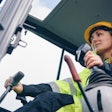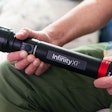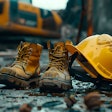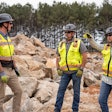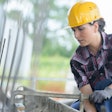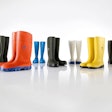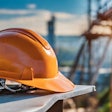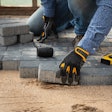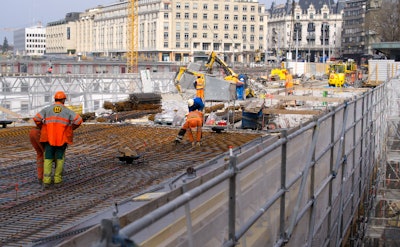
The spring season calls for a time to transition from winter construction apparel to spring apparel in most parts of the U.S. That means focusing on temperature and precipitation fluctuations.
Consider this: according to the U.S. National Weather Service Climate Prediction Center, the March through May 2024 temperature outlook favors above-normal temperatures across the northwestern Contiguous United States (CONUS), including the Pacific Northwest, northern to central California, parts of the Great Basin, and the northern Rockies.
Spring Weather
Above-normal temperatures are favored across the northern CONUS, including the northern Great Plains, Great Lakes region, and Northeast. The highest forecast confidence for above-normal temperatures is for the Pacific Northwest, where the probabilities of above-normal temperatures exceed 60 percent. Above-normal temperatures are favored across Alaska.
Equal chances of above-, near- or below-normal seasonal mean temperatures are indicated across the southern CONUS, where El Niño impacts increase the chances of below- and near-normal temperatures, while decadal time scale trends increase the likelihood of above-normal temperatures. The precipitation outlook favors below-normal precipitation for parts of the Pacific Northwest and northern Rockies, while above-normal precipitation is favored from the eastern Central Plains across the middle and lower Mississippi Valley into the mid-Atlantic and Southeast, associated with lingering impacts due to El Niño.
That presets several factors from head to toe for construction workers to consider when preparing for the spring season.
A hat (when a hard hat is not indicated) helps keep the head cool, with a back flap protecting the neck.
Those workers who suffer from spring-related allergies as plants start to blossom may find themselves dealing with irritated throats and itchy, watery eyes. Spring cleaning of equipment with certain chemicals also may trigger some health issues. Face masks, eye protection and respirators may be indicated. Consult a medical professional for advice.
The spring season calls for wearing breathable layers enabling a construction worker to adjust to the fluctuating temperatures and precipitation and allow sweat to evaporate. Start with a base layer, followed by a work shirt or sweater, and a lightweight, waterproof jacket.
A waterproof hoodie made of breathable fabric is another option as it can be less restrictive compared to a rain jacket in terms of body movement and may be able to be worn over a hard hat for extra protection.
Preparing for Rain and Moisture
Spring showers also may impair visibility on a jobsite. High-visibility vests and jackets ensure workers are seen on the site and also can be spotted by drivers traveling past road construction sites during low-light conditions such as fog or rain.
Rain or rubber boots are designed with waterproof technology that keeps feet dry during spring precipitation events. Construction site job requirements will determine the type of footwear needed and if the footwear should include composite toe caps, steel toes, puncture-resistant soles, electrical hazard protection, puncture-resistant safety features, or slip-resistant outsoles.
Rubber boots designed with toe protection help mitigate impact and compression hazards.
In choosing rubber boots, construction workers should look for those with a good sole that provide a firm grip on surfaces. Since good traction is needed in work areas with slippery surfaces, anti-skid technology in rubber boots is another key safety component. Boots designed with deep treads or lugs may help prevent slips and falls during a variety of work tasks, such as climbing ladders. This IRONPROS story offers more information.
The choice of socks is essential to foot health, as this IRONPROS story notes.
Elizabeth Scheiber, DPM, Department of Orthopaedic Surgery, Cleveland Clinic Weston (Florida) Hospital, points out wearing wet socks can lead to fungal infections. She says to avoid 100 percent cotton socks and opt for antimicrobial merino wool, small fiber wool, bamboo or acrylic synthetic blends like polyester or nylon.
Hazards and UV Protection
The ‘spring cleaning’ season means there may be overgrown landscaping from the winter season that may set a worker up for tripping or may conceal hazards of which workers need to be mindful. Sunscreen is indicated given exposure to UV rays that can cause sunburn or skin damage. Drinking plenty of water throughout the day helps workers stay cool and prevent dehydration.
If in doubt, consult with a construction site’s safety manager regarding the choice of apparel and site-specific safety guidelines indicated during particular spring worksite conditions.
